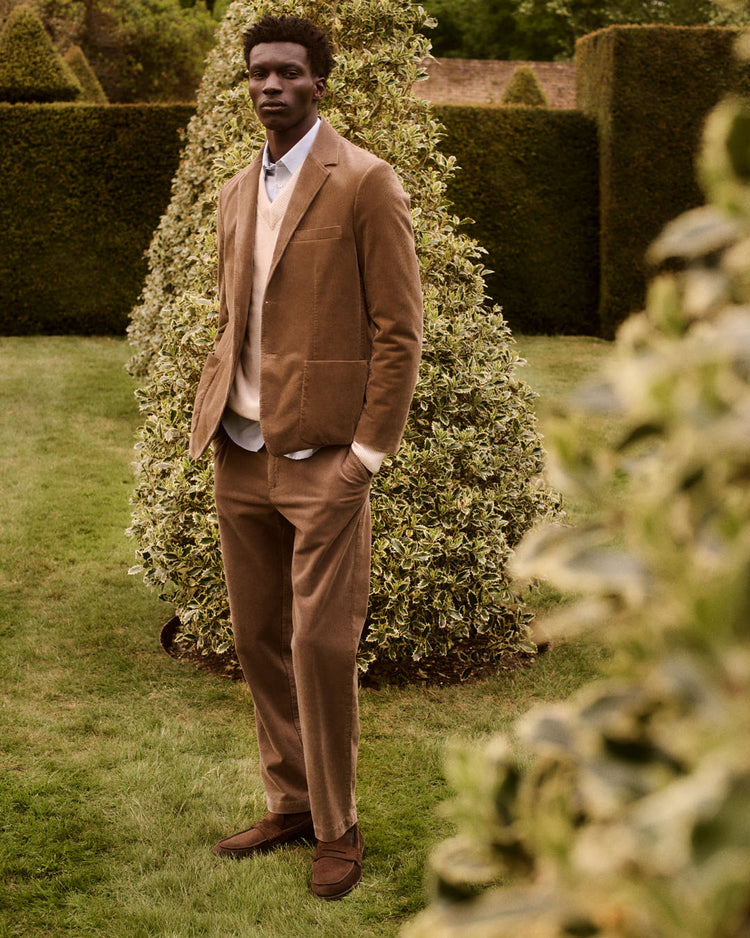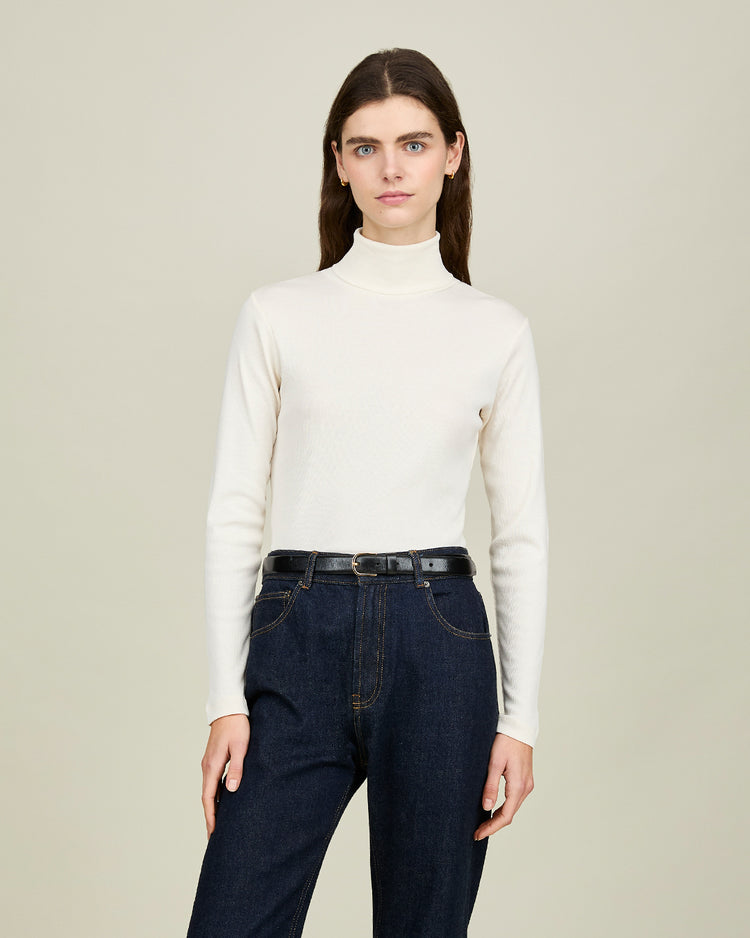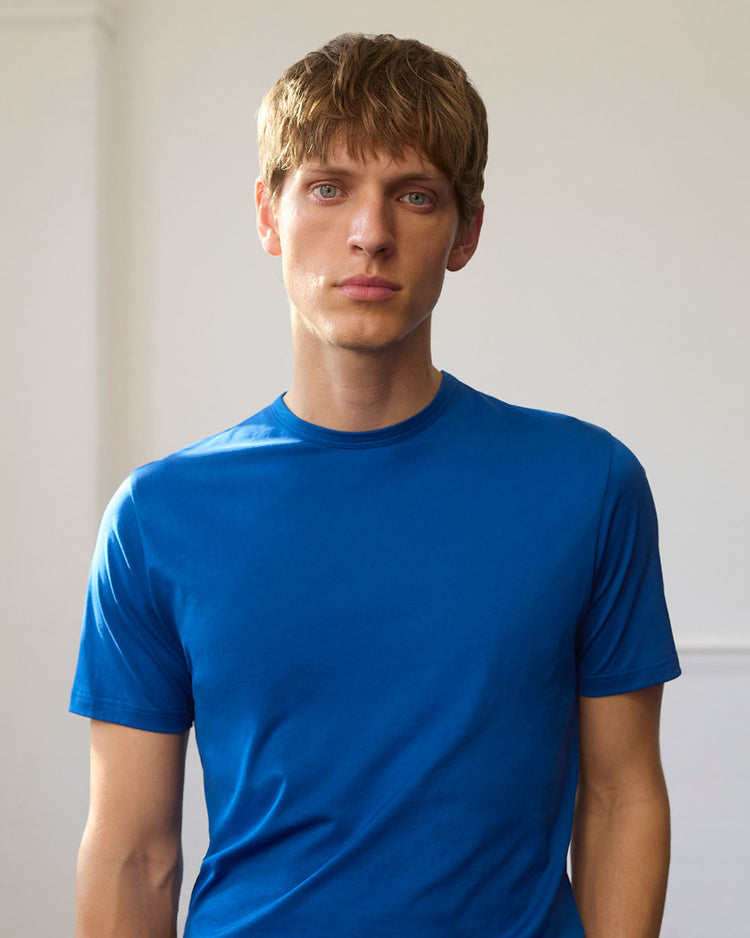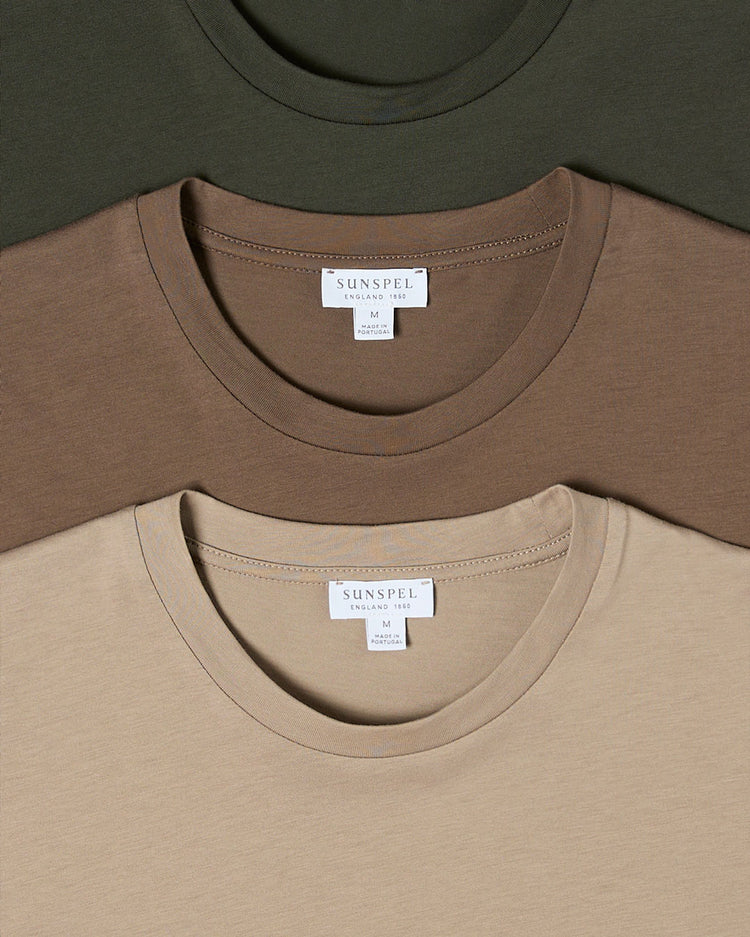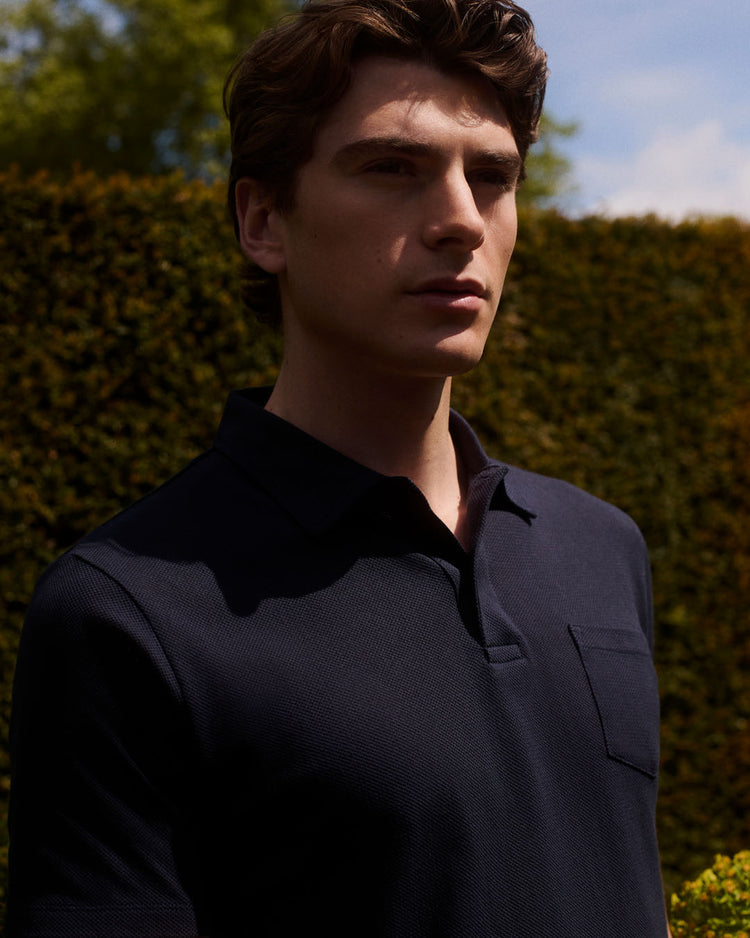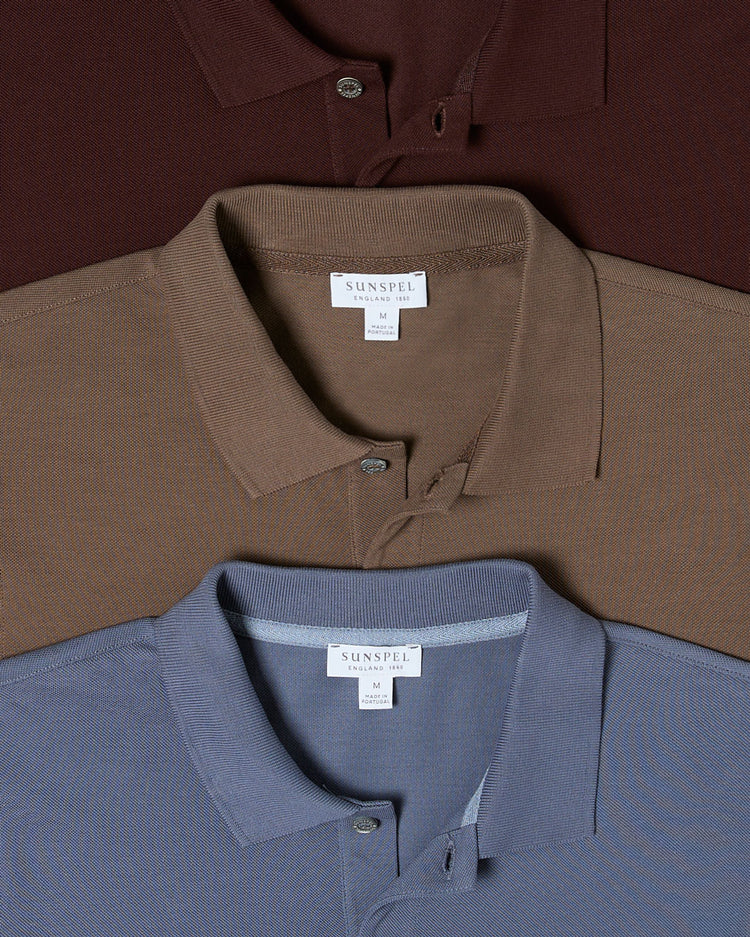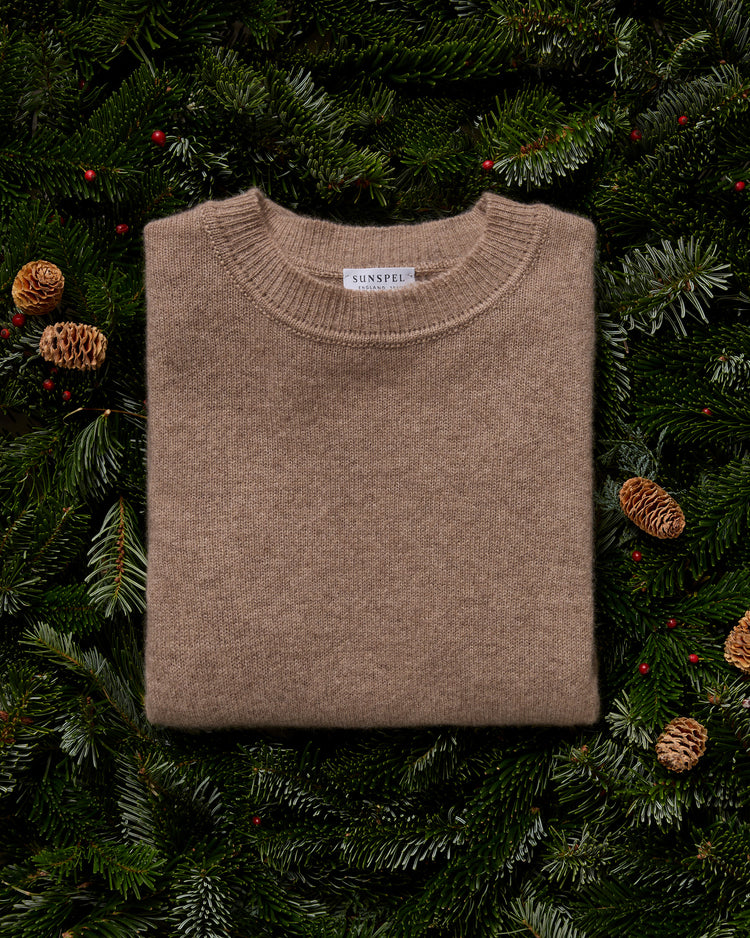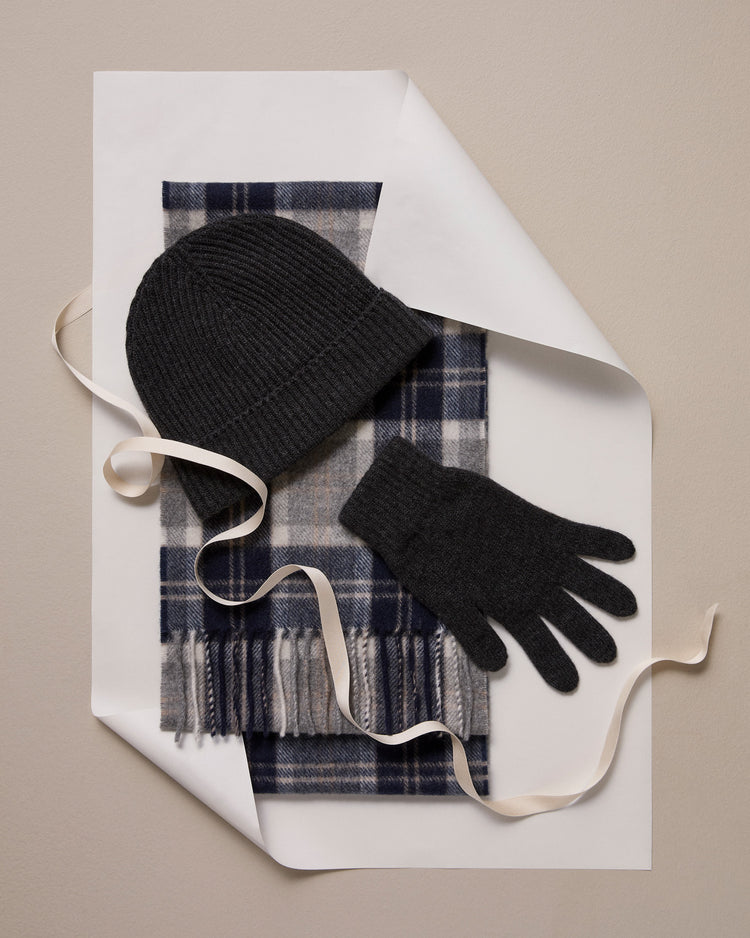The Revolutionary Style of the 1924 Paris Olympics
As the Olympics returns to Paris for the first time in a century, we look back to the 1924 games, the athletes and the styles they wore.
 |
In the century since Paris last hosted the Olympics, the event has changed from one of pure sport to a runway for fashion and a platform for brand sponsorship. The sportswear worn by the athletes is at the cutting edge of performancewear, designed using advanced technology, body scanning and motion capture to optimise every last percentage of performance.
A century ago however, the clothes worn by the athletes were far simpler and more utilitarian. In fact, they were no more advanced than common underwear styles, worn in wider society but deemed inappropriate to be seen on their own unless on the sports field.
Since then, these humble styles have transformed into iconic styles in menswear. The simple T-shirt, henley, boxer short and polo shirt have all evolved from their utilitarian roots to become timeless fashion staples, and Sunspel has played its part in that transformation.
The 2024 Paris Olympics will not only be a showcase of athletic prowess but also a celebration of how sport has influenced fashion through the ages. While the Olympics today is an arena for elite athletes performing extraordinary feats, its roots were closer to the everyday, creating styles that everyone could wear. Does it still inspire everyday fashion today? That remains to be seen as the games continue to evolve.
We take a look at some of the athletes made famous by the 1924 Olympics and the clothes they wore.
 |
Legendary Scottish sprinter, Eric Liddell takes gold in the 400m with his famous head-back running style. He might have won the 100m too if his heat hadn’t fallen on a Sunday. Liddell refused to compete on the sabbath so pulled out.
 |
With Liddell not competing, the 100m was won by Cambridge athlete Harold Abrahams who set a new world record of 10.6 seconds. Alongside Liddell, he played a starring role in the 1985 movie Chariots of Fire (pictured here) which made the games iconic. The movie’s costume designer Milena Canonero was awarded an Oscar for the film which was so popular it sparked a resurgence of 1920s-inspired style.
 |
The boxer short earned its name in 1919 in the USA when worn by champion fighter Jack Dempsey. By 1924 many boxers were sporting these loose, cotton shorts. In the final of the heavyweight division, Norwegian Otto von Porat defeated his Danish rival Søren Petersen to win gold.
 |
An early version of what we now recognise as the polo shirt was worn by many sports teams. These long-sleeved collared jerseys with buttoned plackets were sported by the French football team, pictured here.
 |
British rower Jack Beresford secured a silver medal in the men's single sculls. He went on to become a five-time Olympic medallist and did so mostly wearing a henley. The style was closely associated with rowing and took its name from Henley-on-Thames where the Royal Regatta had been held since 1839.
 |
William DeHart Hubbard made history at the 1924 Paris Olympics by becoming the first African American to win an Olympic gold medal in an individual event, jumping 7.47m in the final. Shown here, he leaps for gold despite an injury to his heel.
